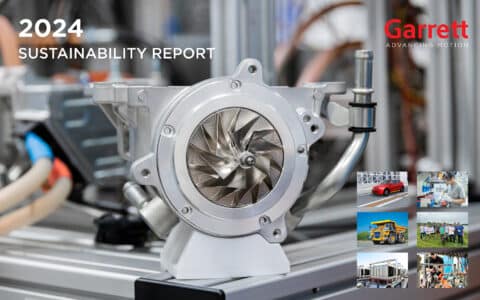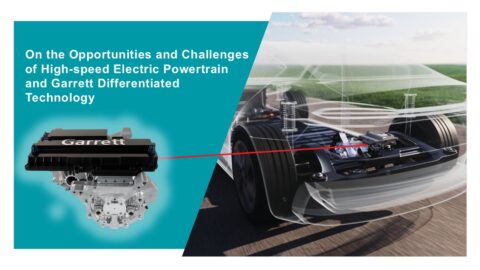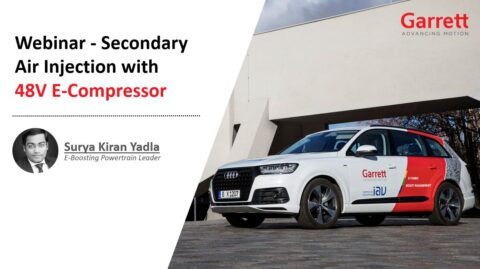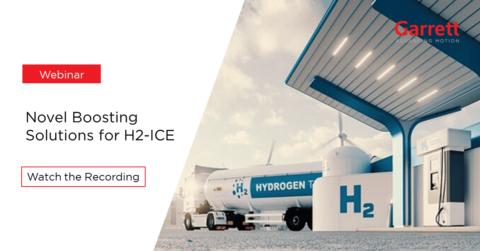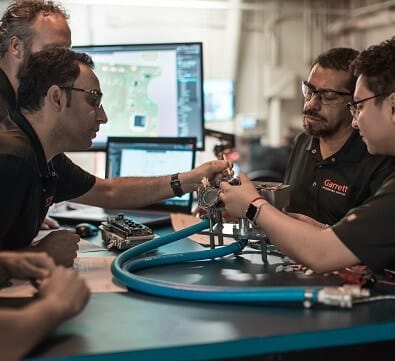Accessing the Knowledge Center effectively requires a simple, one-time registration.
SWUMBLE 3-Cylinder High Efficiency Gasoline Engine for Future Electrified Powertrains
Abstract: Stringent worldwide CO2 targets are leading the automotive industry towards carbon neutrality. Although the deployment of electric vehicles is part of the solution, a large part of the manufactured vehicles in 2030 will feature advanced hybrid architectures and will continue to be equipped with internal combustion engines. In this context, improvements in engine efficiency are still very important to reduce the CO2 emission of the vehicle. In parallel, it has become mandatory to reduce pollutant emissions in all driving situations to make the use of combustion engines acceptable in as many areas as possible.
In this context, IFPEN has developed a high efficiency and low pollutant emissions solution. It has coupled a high compression ratio with high Miller rate and EGR dilution to operate the engine under stoichiometric conditions. Despite these difficult conditions for flammability, a fast combustion is achieved thanks to an innovative complex in-cylinder fluid motion called Swumble. Unlike current SI engines that generally only use tumble fluid motion, this innovation combines tumble, cross-tumble and swirl motion. This combustion system enables high brake thermal efficiency and reduced particulate emissions simultaneously.
In this paper article, the development of a 3-cylinder 1.2L engine is described. It utilizes the innovative combustion system mentioned above including a dedicated airpath/EGR system and its associated control algorithms. Firstly, the combustion system is presented. Secondly, the thermodynamic layout and the design of the airpath including the turbocharger and EGR system are presented. Finally, the major control strategies of the complete system are described.
The engine shows a maximal thermal efficiency of 41% under warm steady states conditions, which is a world benchmark for a small gasoline engine.








